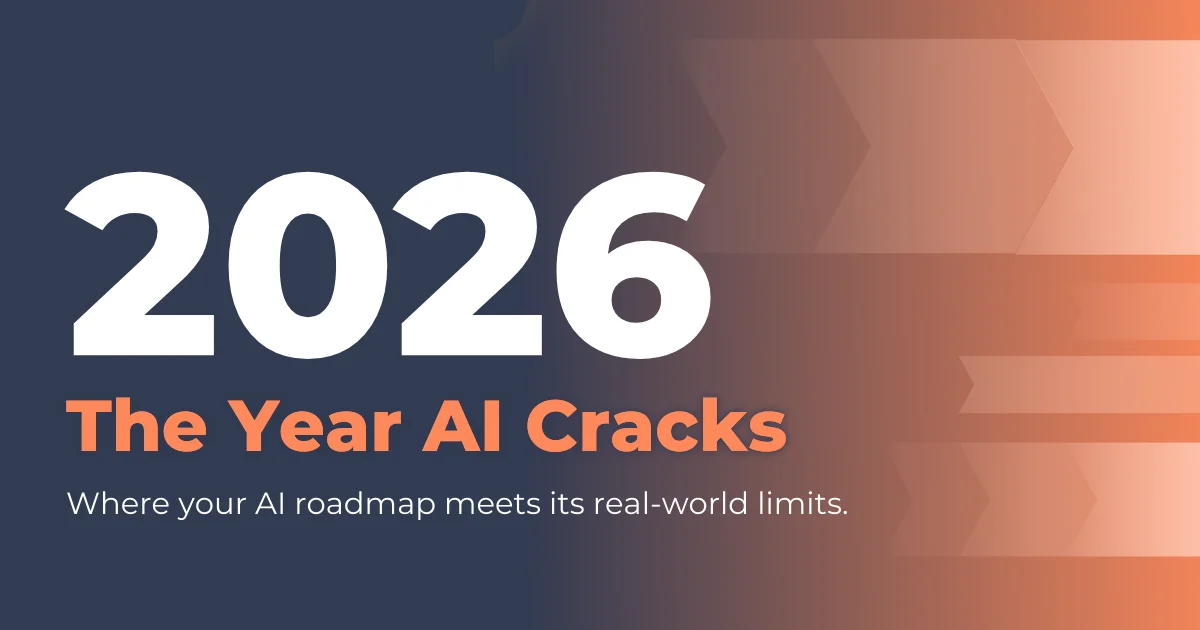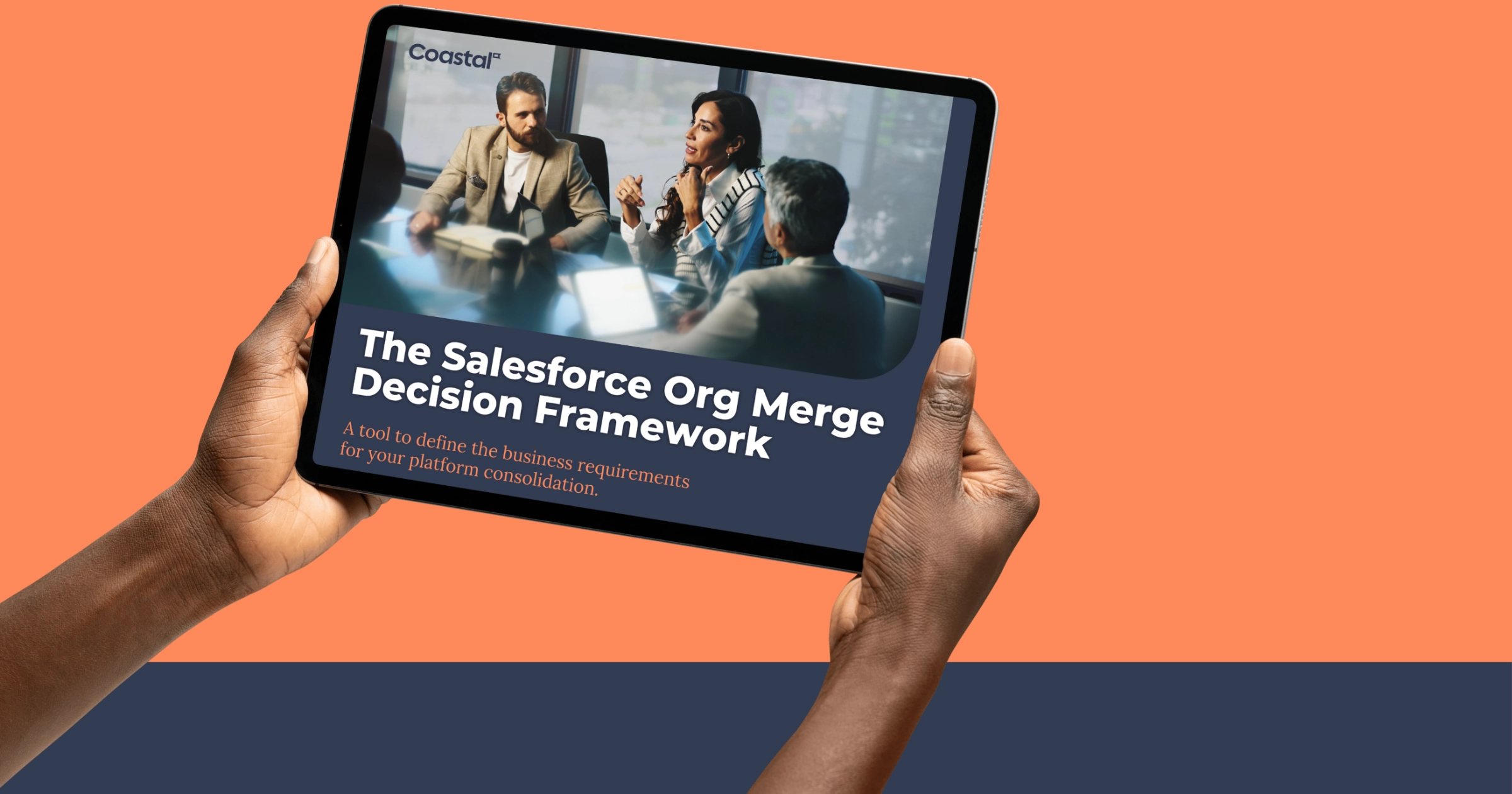Most Salesforce projects deliver something. Better dashboards. Smoother handoffs. A faster way to log cases. But if the goal is serious growth or transformation—doubling revenue, scaling operations, or fixing forecasting—“something” isn’t enough.
That bigger ambition fades fast when teams skip the alignment work, rush discovery, or start building without clear business outcomes.
Later on, challenges like these often bubble to the surface:
- Stakeholders feel the system “doesn’t work,” even if it technically meets the specs.
- A project that was supposed to be 12 weeks can easily stretch to 9 months because of the dreaded scope creep.
- Go-live gets high-fives—but no one can trace impact
- Training is crammed in at the end, long after users stop listening
- You end up with a static system instead of a scalable, data-driven growth platform.
These issues don’t blow up projects overnight. They compound quietly until momentum stalls and the promised value never materializes.
Most projects treat discovery as a formality. A few conversations. Some process maps. A feature wishlist.
Projects that achieve real growth take a different approach. They align executives early, define success in real numbers, address data issues upfront, and plan for adoption from the start.
That’s why we built True North: to give projects a strategic foundation before the build begins. This approach unifies strategy, data, and technology into one clear, coordinated plan that connects every decision to the outcomes that matter.
How True North Keeps Salesforce Implementations On Track
Here’s a quick overview of the True North process and approach:
Week 1: Define success
We meet with stakeholders to understand and align on the vision and strategy using our CARE framework (Cost savings, Acquisition, Retention, Expansion) to quantify what matters.
Week 2: Map how things really work
We document tools, processes, users, usage, org health, and more to establish a shared understanding of your current landscape to create a strong foundation for transformation.
Week 3: Design the future state
We outline the system architecture and identify use cases early, assess technical feasibility, and plan how users will adopt the solution after implementation.
Week 4: Prioritize tradeoffs
We prioritize the work based on business value and technical complexity, and sequence it into a roadmap to ensure progress is efficient and strategically grounded.
Week 5: Pressure-test the plan
Stakeholders review and refine the roadmap to secure buy-in and ensure viability.
Week 6: Deliver and go
You leave with an agreed-upon, prioritized roadmap ready for implementation, along with an idea of investment needs. No ambiguity, no spinning wheels.
Case Study: How a Salesforce Implementation Reconnected to a $140M Goal
A top medical school had a clear goal: generate $140 million in continuing education revenue over three years.
Yet the work underway—improving enrollment, cleaning up data, refining communications—was happening in silos. Teams were busy, but progress felt disconnected from the $140M target.
True North made the connection and mapped the path.
In just six weeks, Coastal helped the institution align around the $140M goal and develop a cohesive strategy to achieve it. Every system decision—from architecture to adoption—was tied directly to growth.
The plan focused on impact:
- Make it easy for learners to register, pay, and enroll
- Share data across teams to eliminate duplicate work
- Use segmentation to drive re-engagement and retention
- Enable multi-course purchasing to increase revenue per learner
Just as critically, the work was prioritized and sequenced. Each piece was delivered in the right order to support the next, ensuring the entire solution could scale smoothly and deliver the planned impact.
What started as siloed projects became a unified growth strategy—backed by a clear roadmap, cross-team alignment, and a direct line to $140 million in revenue.
What Changes When You Start a Salesforce Implementation With True North
Teams that start with True North operate with clear, measurable goals, shared priorities, and the confidence to move fast without second-guessing.
- Platform decisions stay tied to business outcomes
- Timelines reflect real complexity, not assumptions
- Stakeholders stay aligned without constant course corrections
- Adoption sticks because the system makes work faster, not harder
The result is a platform that delivers impact—and keeps delivering as priorities evolve.
Is your Salesforce implementation at risk? Here’s the early warning sign.
If you asked every department head what success looks like, would you get the same answer?
If not, alignment is your first step—before you invest more time or technology. True North was built for exactly this scenario. Before you build, make sure you’re aiming in the right direction.



